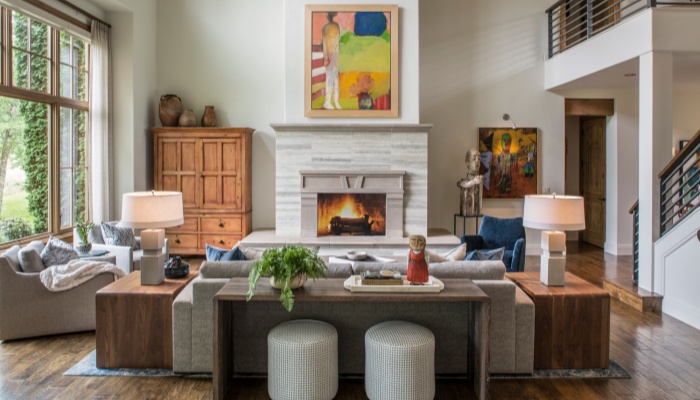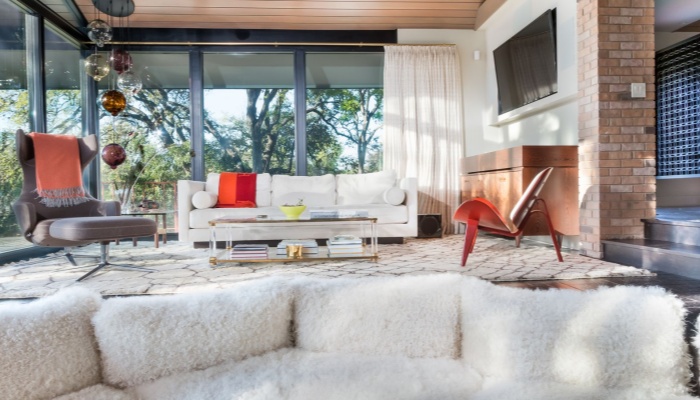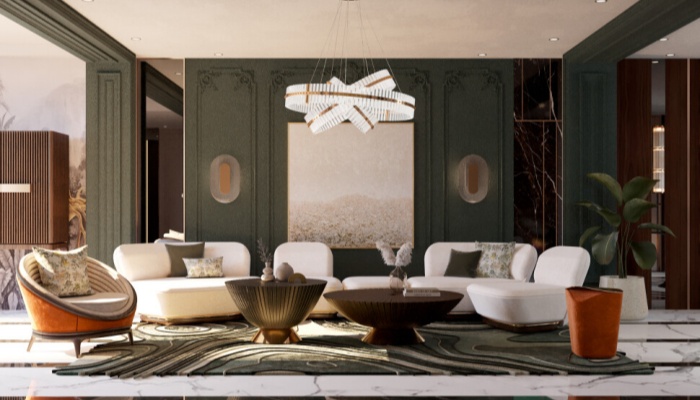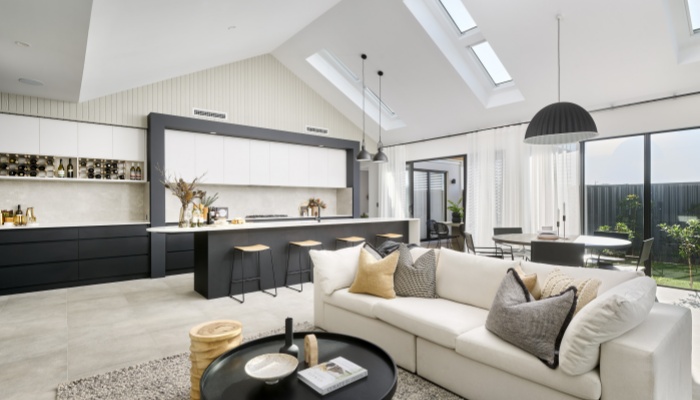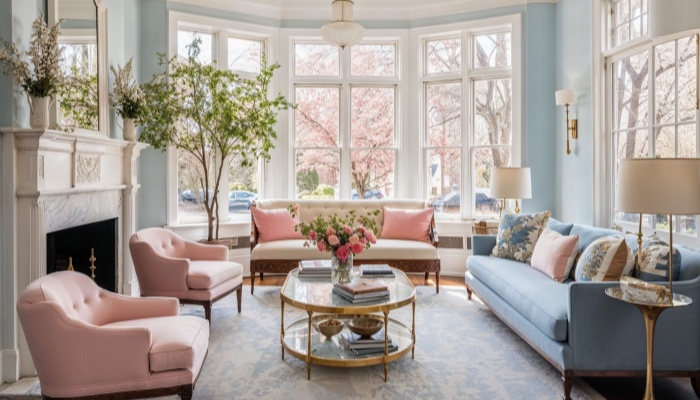Start by defining the purpose of each zone. Think about how you intend to use the space and what activities will take place in each area. For example, if you envision a cozy reading nook, a dining area for family meals, and a living space for relaxation, clearly identifying these functions will guide your design decisions. This clarity will help you create a cohesive flow while ensuring that each area serves its intended purpose.
Next, consider using furniture to delineate spaces. While walls may be absent, furniture can act as a natural divider. For instance, a large sofa can separate the living area from the dining space, while a console table can serve as a boundary between the entryway and the rest of the home. Choose furniture that complements the overall style of your home while still being functional. Multi-purpose pieces, such as ottomans that can be used for seating or storage, can maximize utility while maintaining an open feel.

Incorporating area rugs is another effective way to define functional zones. Rugs can visually anchor each space, creating a sense of separation without the need for physical barriers. A plush rug under the dining table can establish the dining area, while a softer, textured rug in the living space can enhance comfort. Choose rugs that fit the scale of each area and consider color and pattern to enhance the overall aesthetic.
Lighting is also crucial in creating distinct functional zones. Different activities require different types of lighting, so it’s important to layer your lighting sources. Use pendant lights or chandeliers to illuminate dining areas, while floor lamps and table lamps can create a cozy ambiance in the living area. Adjustable lighting options, such as dimmers, can further enhance the versatility of each zone, allowing you to set the mood based on the time of day or activity.
Incorporating greenery can also help define functional areas while adding a touch of nature. Plants can serve as natural dividers, creating a sense of separation between spaces.
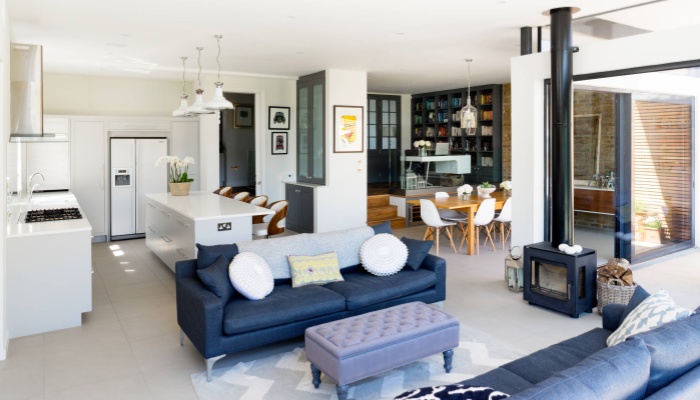
Consider using tall plants or decorative screens to establish boundaries without compromising the open feel of the home. Greenery can also improve air quality and enhance the overall aesthetic, making your home more inviting.
Lastly, don’t forget about personalization. Adding elements that reflect your style can help each zone feel distinct and purposeful. Consider incorporating artwork, decorative accents, or personal mementos that resonate with you. These touches not only enhance the visual appeal but also create a sense of ownership and comfort in your home.
Creating distinct functional zones in an open-concept home involves defining the purpose of each area, using furniture and rugs to delineate spaces, incorporating layered lighting, adding greenery, and personalizing your environment. By thoughtfully considering these elements, you can transform an open layout into a harmonious and functional living space that meets your needs while maintaining an inviting atmosphere.

